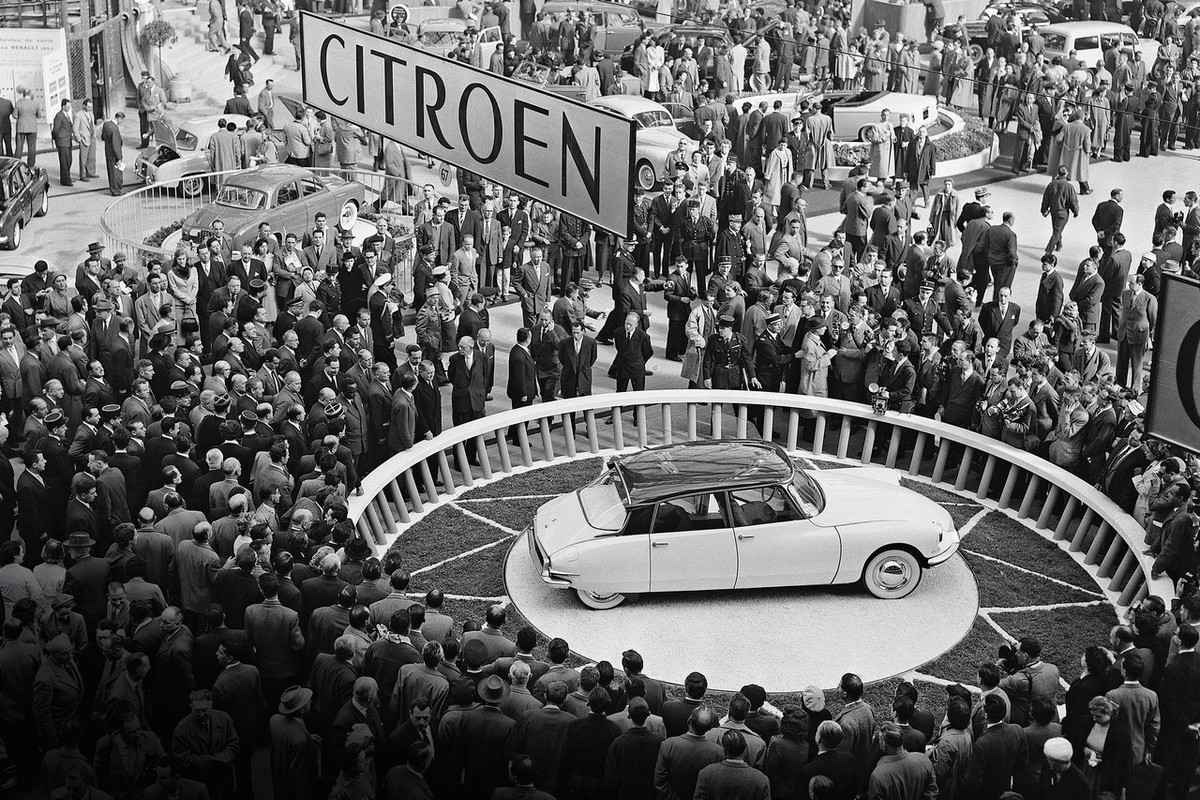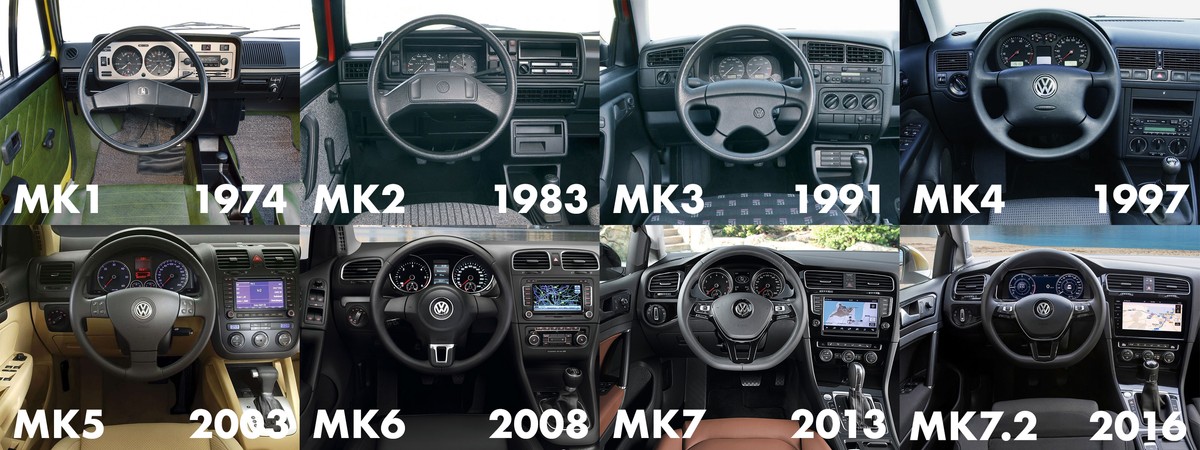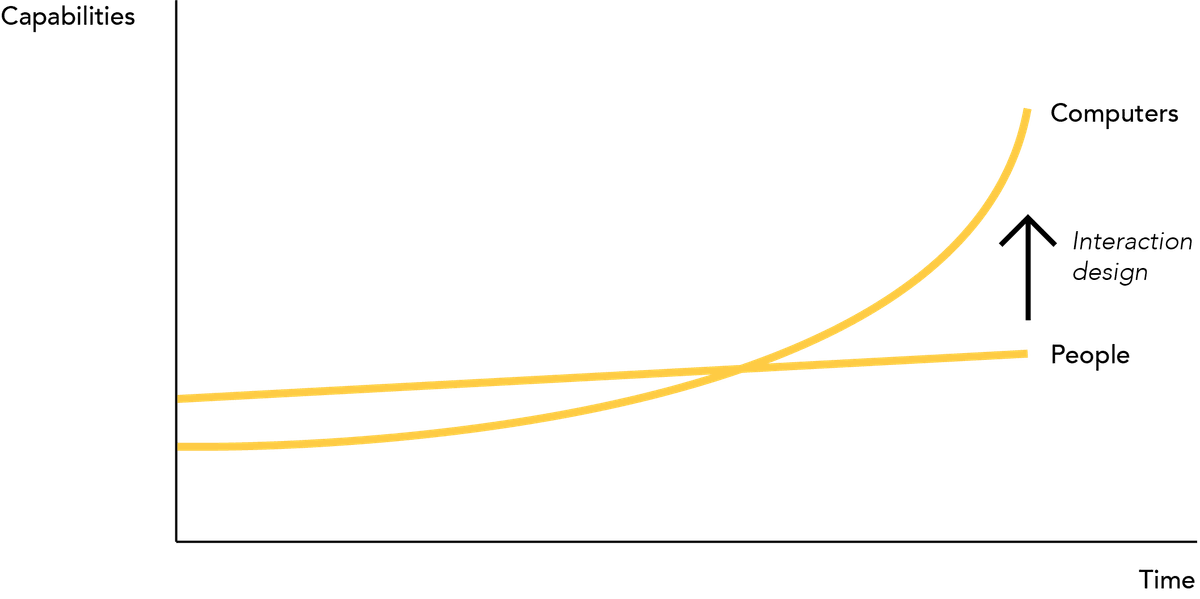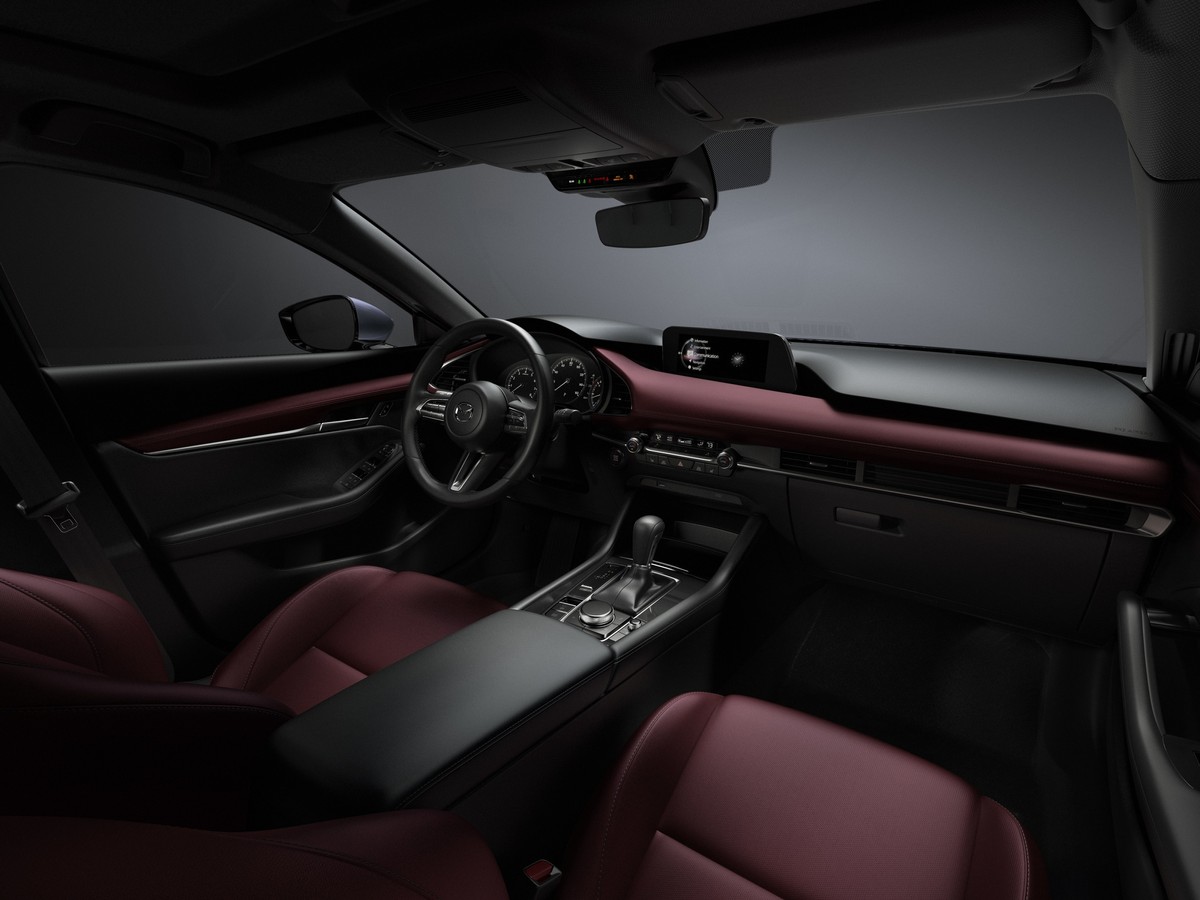The Impact of Technology on Design
The Citroën DS was designed by Flavio Bertoni who, together with aviation engineer André Lèfebvre, created some of the most influential Citroën models.

Flavio Bertoni did not only pioneer with his designs, but also with his design process. Bertoni had a background in sculpting and used this to create clay models of his designs. This allowed him to convert his sketches to 3D models before turning it into a full-size prototype. Today, this design process has not changed much. A car starts its life on paper, then as a small clay model, then as a lifesize model, and then as a full prototype, just like the Citroën DS. Different than the DS though, today, designing a new car has become way more complex. New technologies have arisen, regulations have become stricter, safety has become much more important, etc.

Each of these changes requires new specializations. Whereas before, someone like Bertoni could both sketch and sculpt, today people with special expertise are needed to design for the complexity. New disciplines were created to tackle these needs. Design departments grew from a handful of people to hundreds of specialized people today.
An example of this is interior design. At first, it was a very engineering focused discipline. Controls were placed all over the interior and little attention was paid to the comfort of the passenger. As cars became more mainstream and could cover longer distances, buyers needed more comfortable interiors. This lead to specialized interior designers. Through the years this changing need from buyers and regulators to create more complex interiors. Which lead to specializations for colors and materials, ergonomics, human factors, etc.
Over the past 10 years, a new change has been happening to the automotive industry. Technology is developing at an exponential rate and being implemented rapidly into car interiors. Just as with the previous major changes to the interior design, this one also requires new expertise. To show why I take the example of the Volkswagen Golf.
The Evolution of the Volkswagen Golf
The evolution of the Volkswagen Golf is a great way to show what has changed in mainstream car interiors. The gif below shows the evolution from the first generation (mk1), to the latest generation, the facelift of the mk7.
The interior design has improved a lot. In the first generation, the dashboard seems like a part that is screwed in, with the buttons and sliders revealing the inner workings of the dashboard. Thanks to the rise of interior design and improvements in build quality, the latest generations are beautiful spaces, embracing the driver and offering comfort and luxury. Today, the cheapest Volkswagen Golf will offer you a kind of luxury and refinement that was not even possible in high-end cars of 20 years ago.
But this gif also shows something else. Looking back through the generations, you can clearly see the exponential increase of technology in the car. The difference in the number of features and the amount of visual information in the dashboard between the first and last generation is immense. And it doesn't even show all the features the HMI system has to offer.
You don’t need to be an expert to realize that this can’t be good for the user experience in the car. And the data back this up. Driver distraction is a big cause of traffic accidents. And despite all of the amazing safety features in the car, the number of accidents is going up. Adding to that, the system is so complicated for most people that they don't even use the amazing features that they pay for.
So what car design needs is a specialist who understands the tech world and designs the layer between the passengers and the functions of the car. Fortunately, this profession already exists: interaction designer.

What is Interaction Design?
The design world has many terms for the specialist I am referring to. User experience designer, interaction designer, user experience researcher, … The list goes on.
Rather than explaining each definition and its characteristics, I will ignore the long list of job titles and simply call the specialization ‘interaction design’. Here is what I mean with interaction design:

As you can see in the graph, the capabilities of technology are increasing exponentially. It is the role of the interaction designer to create the bridge between technology and humans so that they can access these great capabilities. In simple terms, the interaction designer designs the interactions between the technology in the car and the passengers.
At its core, the interaction design process if quite different from the other automotive design disciplines. Take exterior design for example. Exterior designers are focused on creating concepts based on how they see the future of the world. It is ‘designer-centered’. Interaction design, on the other hand, is human-centered. The end-users are at the start, center, and end of this process.
Having a combination of these different process would be beneficial to the usability of the cars.
Why Interaction Design Is Needed in the Car Industry
Touch screens
In the '80s, screens started to become mainstream in car interiors. It started with a small display that only showed the time or radio information. During the past 25 years, more and more information has been added to the screens forcing them to become bigger and bigger.
From a marketing perspective, touch screens are very attractive because having a large screen in the interior looks very clean and futuristic. Adding to that, a large screen allows for a lot of versatility and the opportunity to give the user 1000 different features in the interface. From an interaction design perspective though, touch screens are less than ideal.
We have all seen the increasing number of accidents due to driver distraction and it is not hard to imagine how. Where drivers in the past could blindly reach for the climate controls, today, they have to move their eyes away from the road to interact with the touch screen.
This is not only because it is a touch screen but also because drivers can choose between 50 different ways to cool down the cabin, all provided on a touch screen. Marketing and product planning departments are concerned that if their cars don’t keep up with the competition, people will not buy their cars anymore. Therefore, people can text, look up the weather, book flights, send emails, and much more from the driver’s seat. With all these capabilities, interfaces have become very complex and this is a dangerous thing in a human controlled object traveling at highway speeds around other distracted drivers.

It surprises me that at a high level, it seems that decisions are made in favor of aesthetics instead of usability. There can be many reasons for this. But having a voice from an interaction designer might steer car companies towards more usable interiors. If interaction designers are involved in the design process from the start, working together with the interior designers, they can help to make the technology in the car usable, and find the right balance between complexity and the number of features.

This same strategy can be used in other parts of the interior, such as the climate controls. Compare for instance the climate controls of the first generation Volkswagen Golf with the latest generation. The mk1 Golf has a slider that has clear affordances. It can be reached blindly and the user gets an idea of the set temperature by the position of the slider in relation with the rest of the dashboard. Today, this function is operated by a turning knob. It can be reached blindly, but the driver has no idea what temperature it is set to by touching it. He has to look far down to the bottom of the center console to see the temperature he set it to. It is a minimal difference but all of these details add up when dealing with driver distraction.
Feedback
Once interaction designers are part of the design process from the start, there are many more opportunities to make the car more usable. One important topic is the feedback from the car to the driver.
Today, a car bombards a user with feedback messages. Most of them in the form of beeps. A beep when the door opens, a beep when reverse is engaged, a beep when the seatbelt is not fastened, a beep when the outside temperature is low, a beep when you are too close to the car ahead. You get my point. Taken out of context (and often in context) the driver has no clue what each beep means.
Interaction designers can help by evaluating how and when the system should give feedback in different situations. Instead, of beeps, why can’t the car communicate to the driver that he is in a dangerous situation in different ways? For instance, by pushing back the pedals, or by making the seat more uncomfortable. By analyzing how humans perceive danger and experimenting with recreating these feedback mechanisms, cars could become much more intuitive and safer to drive.
This Blog
Cars are emotional products. Exterior design and interior design have a high status in the car world and are greatly written about. Unfortunately, there is not a big focus on the usability of the cars. Great design is not only how a car looks, but also how usable it is. And that is why I have started my blog The Turn Signal. I want to highlight the good and bad of car design that sits at the interaction of design and technology.
Get notified of new posts
Don't worry, I won't spam you with anything else

